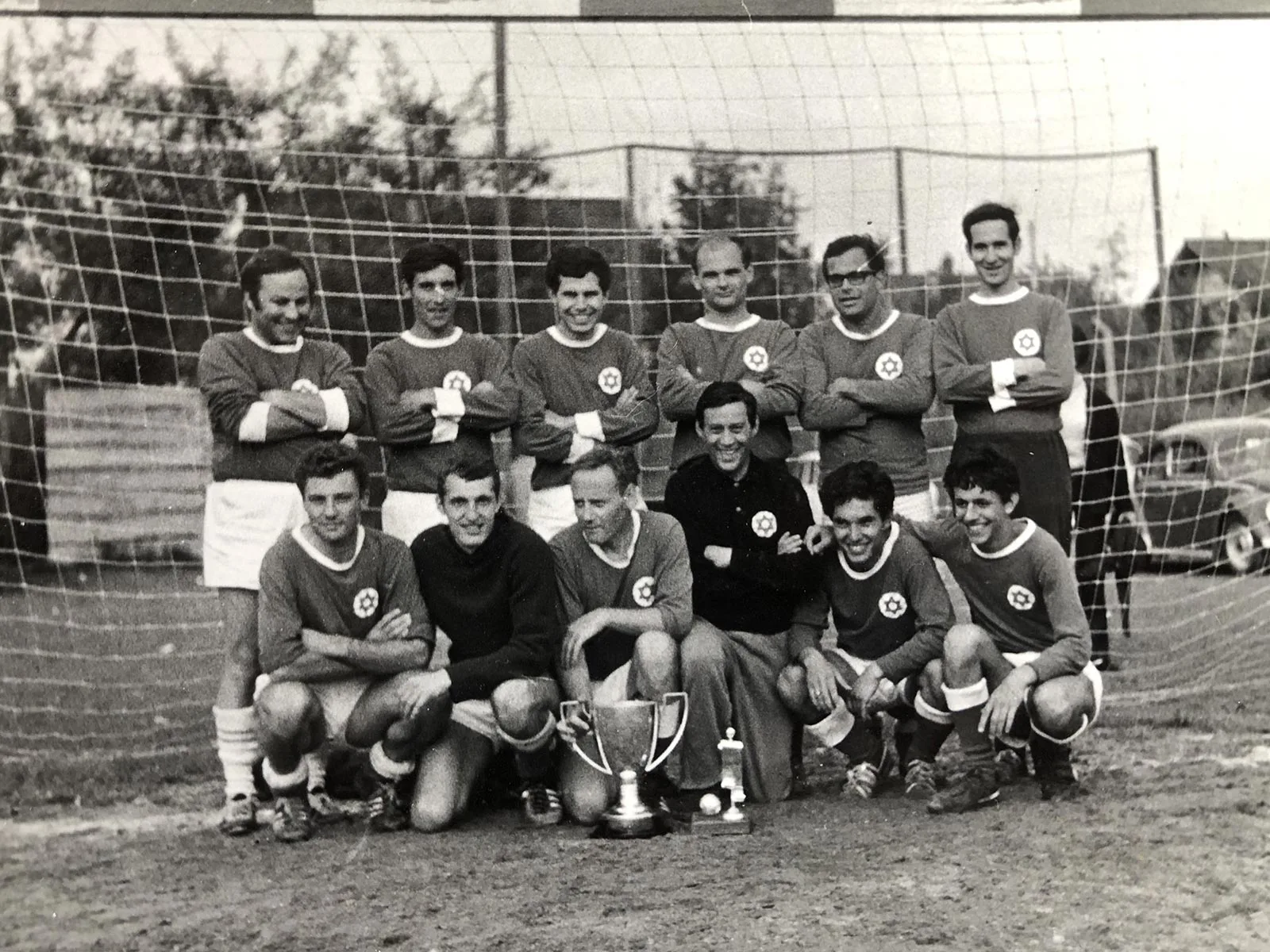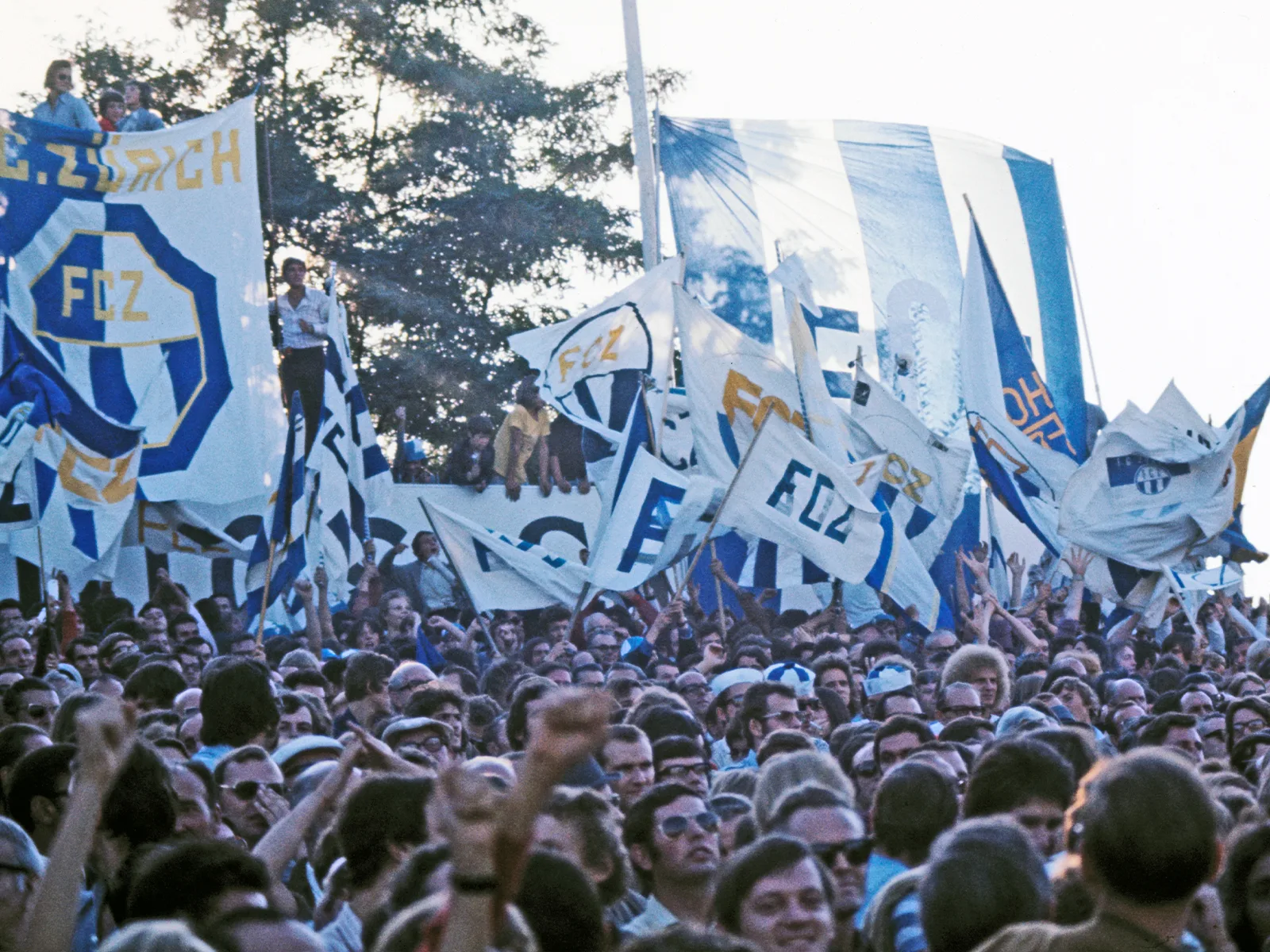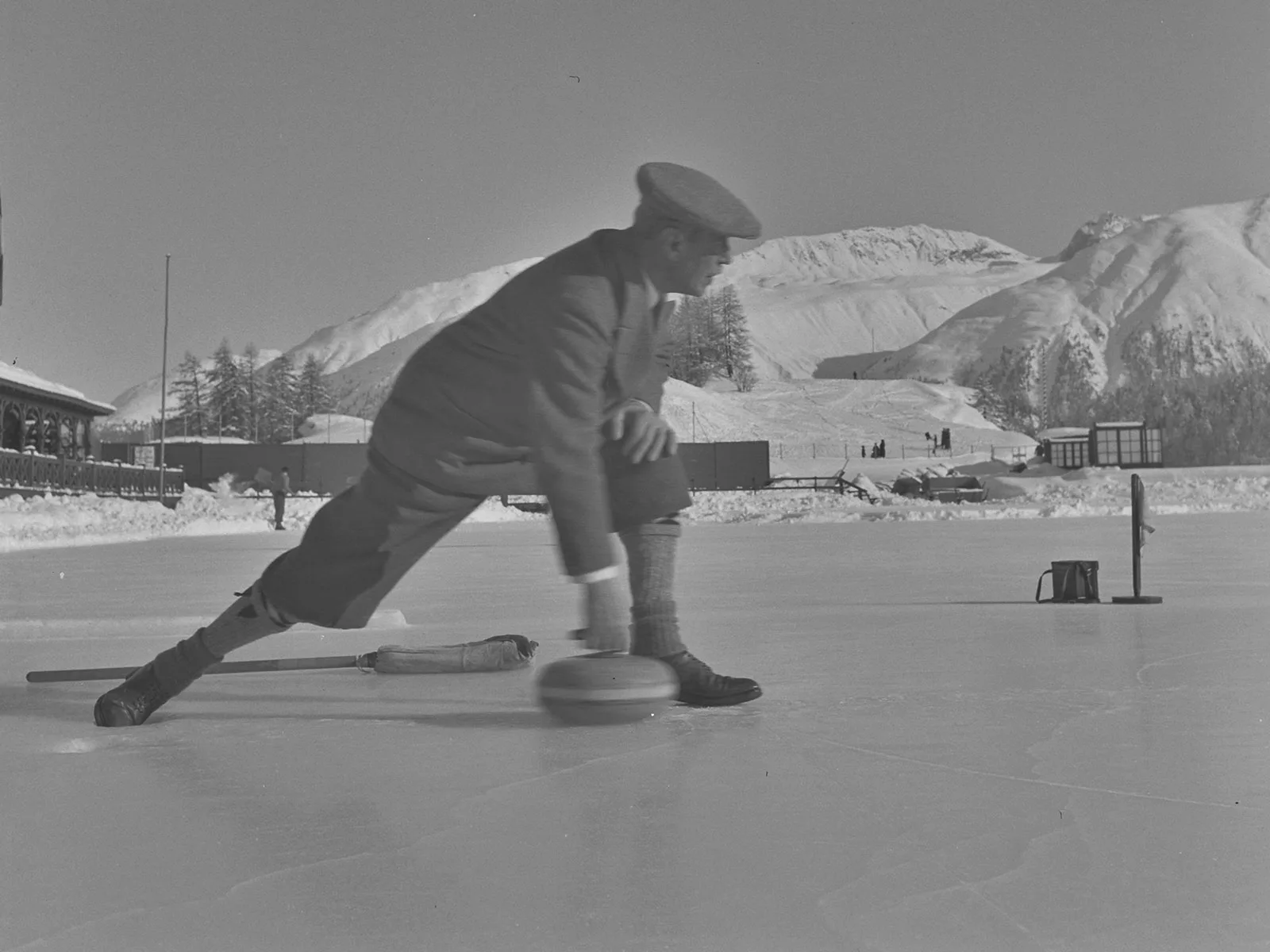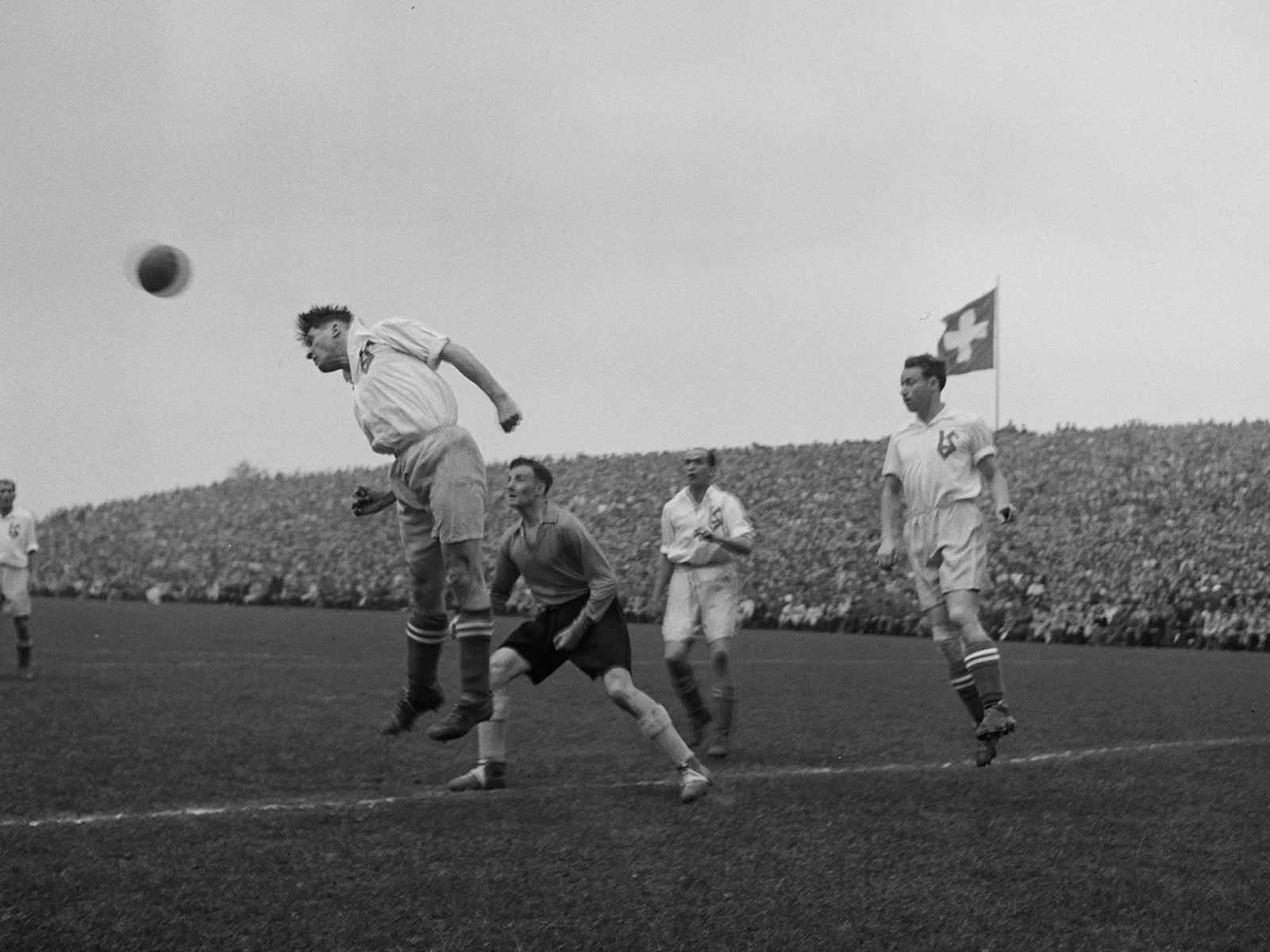
Types of men in football
The image of masculinity has changed constantly over the past few decades. Nowhere is this more apparent than on the football pitch. A look back at the stadiums of the past.
The adventurer: 1930s to 1950s
In 1933 the National League was launched. Football had long since reached a broader public. ‘While the sport in its early days tended to attract quite an academic following, more educated circles were now turning to handball,’ says Koller. Footballers wore their hair short, and pomade held it in shape. ‘Actually there was only one hairstyle back then: tidy mainstream,’ according to Koller. ‘The footballers took care to ensure that it was neat at least at kick-off.’
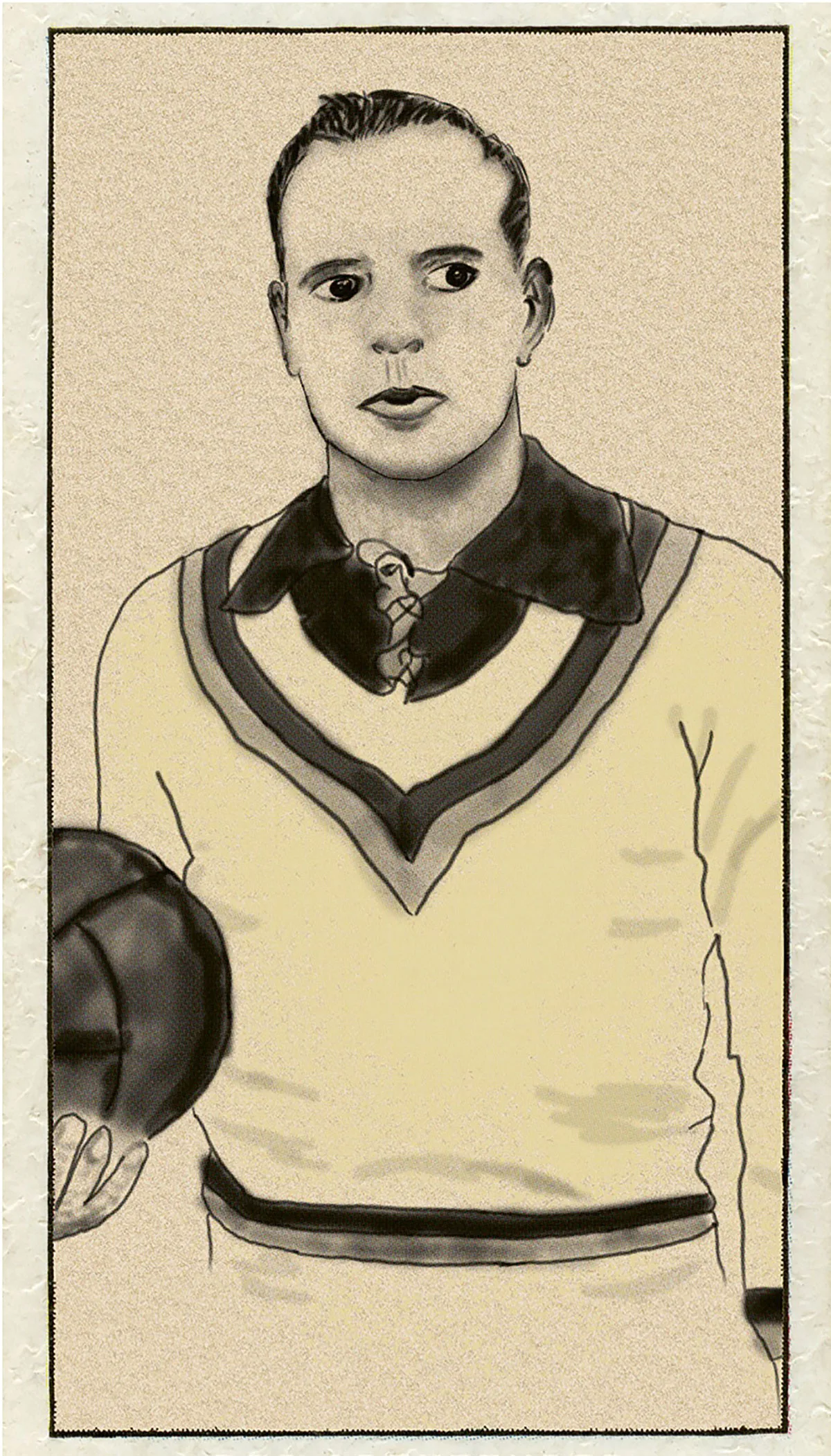
The son-in-law: 1960s
Airs and graces probably wouldn’t have gone down well anyway. Europe was going through an economic miracle and a baby boom, and everyone was expected to contribute – including footballers. Odermatt, who also worked for a coffee machine distributor, said: ‘Not having a real job outside sport was frowned upon.’ The foreign players, at most, could afford that, and the public tended to look askance at such behaviour.
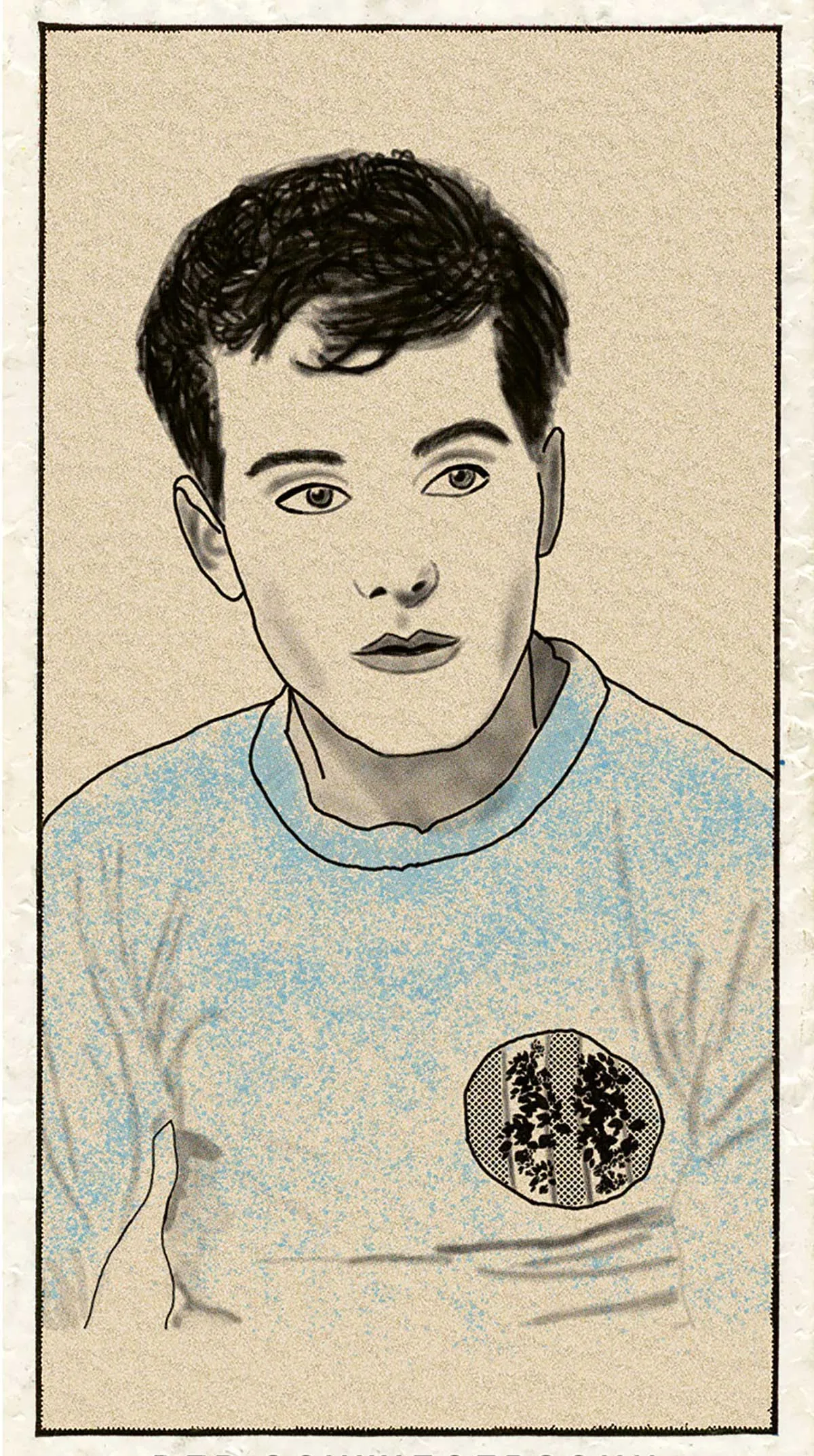
The almost-rebel: 1970s
‘We didn’t have a star cult around footballers,’ says Daniel Jeandupeux, one of the defining figures of Swiss football at the time as an FC Zurich forward. It was probably bon vivant Fritz Künzli who was most in the public eye, due to his relationship with the singer and actress Monika Kälin. Jeandupeux, on the other hand, who later served as Switzerland’s national team manager, was seen as a bit of a sophisticate, a Swiss-French pretty boy who wrote poetry. ‘Obviously, it was a nice side effect that you attracted a lot of female attention as a footballer.’ But actually benefitting from that attention would have been another matter. Even then, a healthy lifestyle was important for professionals.
Around that time, the way the players interacted with one another socially started to change, and there was a new openness, says Jeandupeux. ‘There were parties where alcohol broke down the barriers, where the teammates let their masks slip. It was at those moments that we felt closer to each other, because we were doing something forbidden together.’ Fancy that!


